Wednesday ceremony in Pueblo marks 100th anniversary of Great Flood
PUEBLO, Colo. (KRDO) -- The Steel City and Home of Heroes endured World War I and the Spanish Flu pandemic in the late 1910s but faced its worst disaster just a few years later.
On the evening of June 3, 1921, floods from the Arkansas River and Fountain Creek converged on downtown Pueblo, causing severe damage and killing between 200 and 1,000 people, according to some estimates.

Overcoming the aftermath took time and effort, but the city recovered and rebuilt. Levees along the river and the Pueblo Dam resulted to prevent that kind of history from repeating itself.
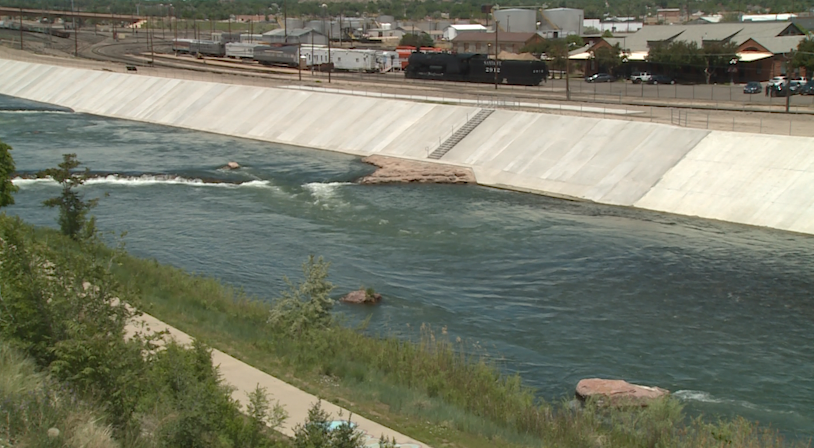
"People stood on the surrounding bluffs and watched the raging river with everything imaginable floating by," said Susan Adamich, of the Pueblo Heritage Museum. "Rail cars, cars, wagons, animals, people. It was just unbelievable when you hear people talk about what they knew."
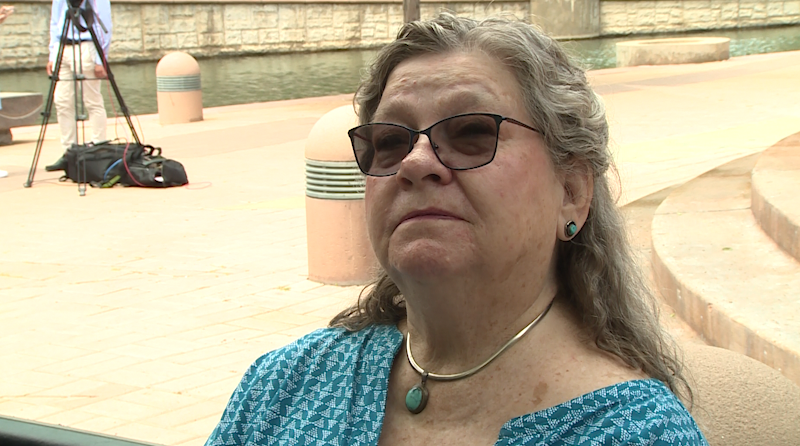
Many buildings in town, such as the Pueblo Depot and City Hall, have high-water marks showing the the level of floodwaters. Witnesses at the time said that the flood was a mile wide and at least 15 feet high.
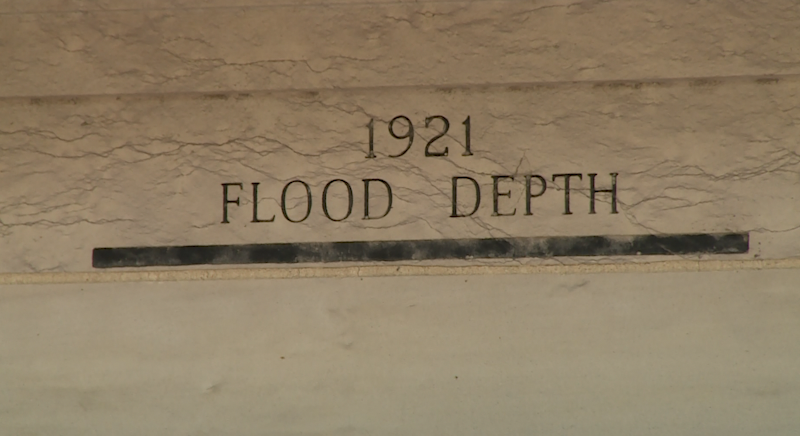
On Wednesday morning, city leaders held a ceremony along the Riverwalk to remember that tragic day. Many people say that most of the flood damage centered around the current Riverwalk location that was once a confluence of the river and creek.
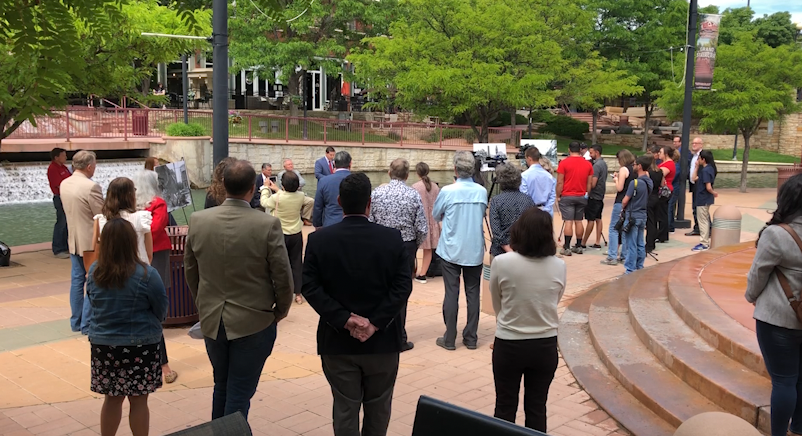
It was widely believed for years that a mass grave of several hundred unidentified victims was in Roselawn Cemetery, but the precise location wasn't confirmed until radar imaging was done two months ago. The burial site is being prepared for a rededication ceremony at 10 a.m. Friday.
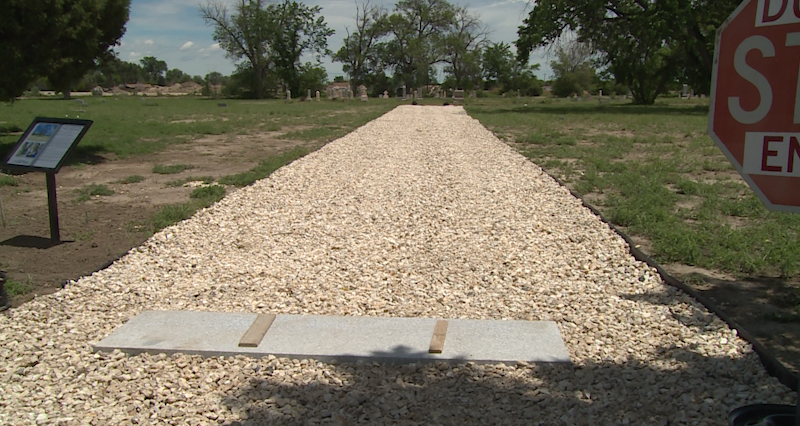
"We think there are 250 to 300 bodies of flood victims and Spanish Flu victims," said Lucille Corsentino, a member of the cemetery staff and head of the Roselawn Foundation. "They were buried under what used to be a road. Back then, the bodies were decomposing quickly and had to be buried as soon as possible. We will remember them with an angel monument to mark their final resting place."
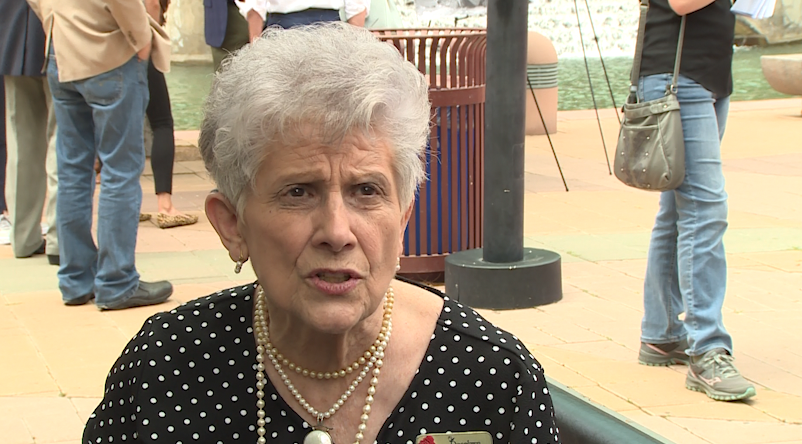
Corsentino said that the mass grave is near three trees that were planted to remember three local disasters: The 1921 flood, the Spanish Flu pandemic and The Eden Train Crash in August 1904, eight miles north of Pueblo, which left 110 people dead or missing after a train crossed a bridge during a flash flood.
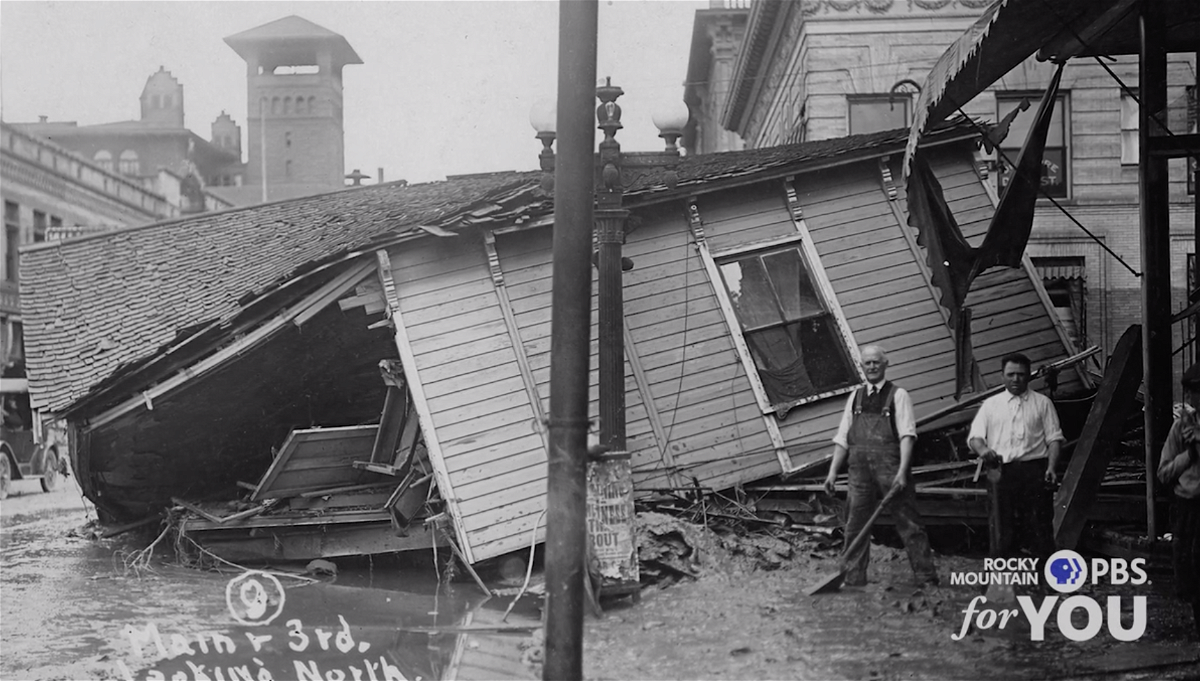
A PBS documentary on the flood will be screened free to the public Wednesday night at 8 p.m. on the Riverwalk, and aired on that network and on YouTube Thursday.
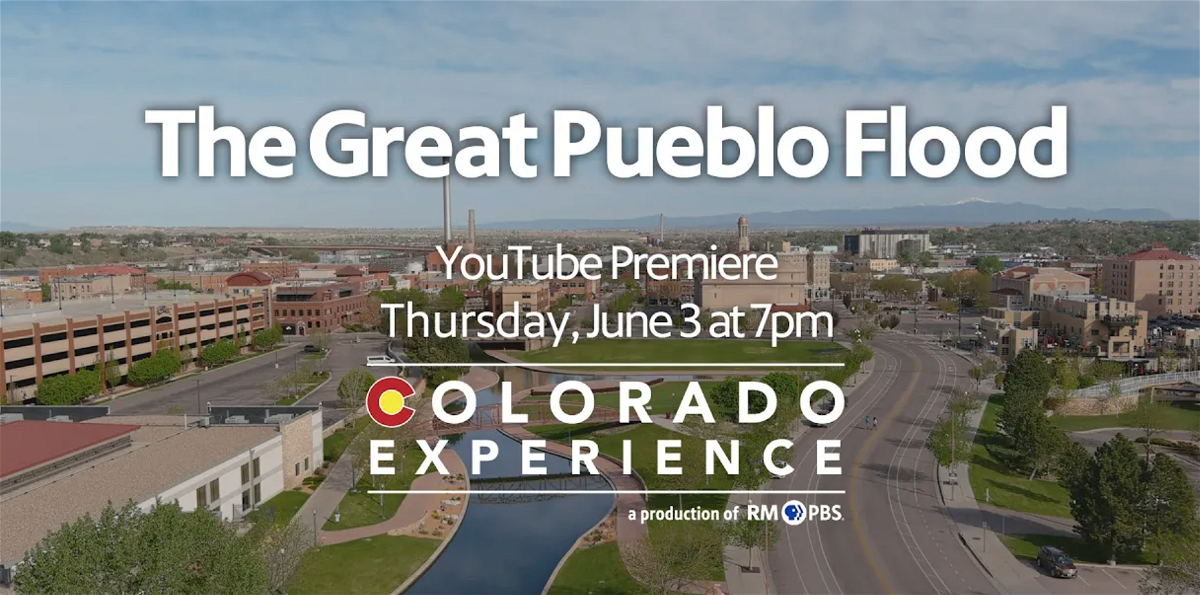
Sam Ebersole, who directed and produced the documentary, said that the flood significantly changed Pueblo in a particular way.
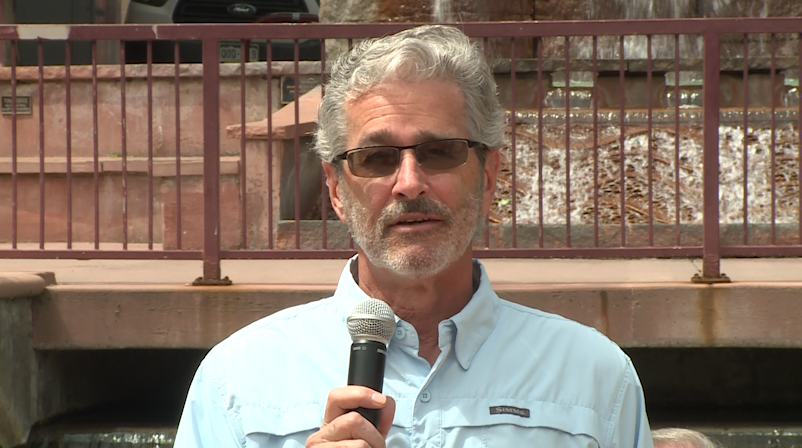
"To get the district created to build the levees and protect the city, southern Colorado legislators had to agree to a bill from northern Colorado legislators," he said. "That bill allowed the Moffat Tunnel to be built -- which redirected rail traffic that formerly came through Pueblo, and allowed it to go directly west from Denver. That really changed the size and scope of our rail industry, and changed our long-term economy."
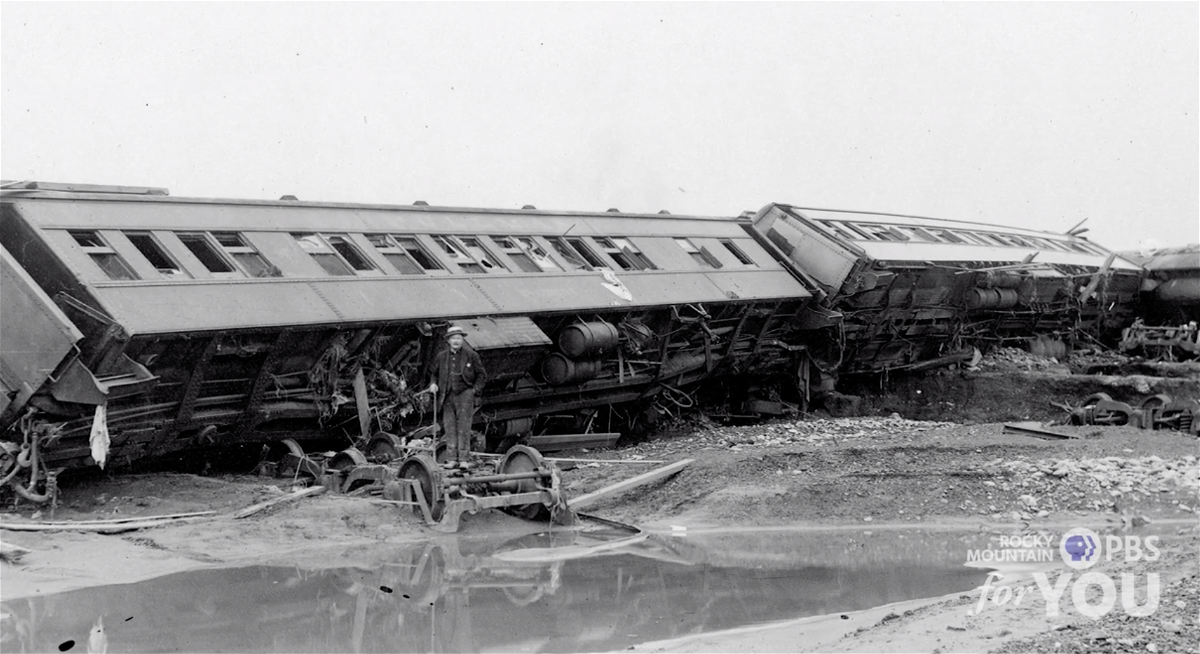
The Pueblo Library, the Pueblo Heritage Museum and the El Pueblo History Museum all have exhibits or programs relating to the 1921 flood.
